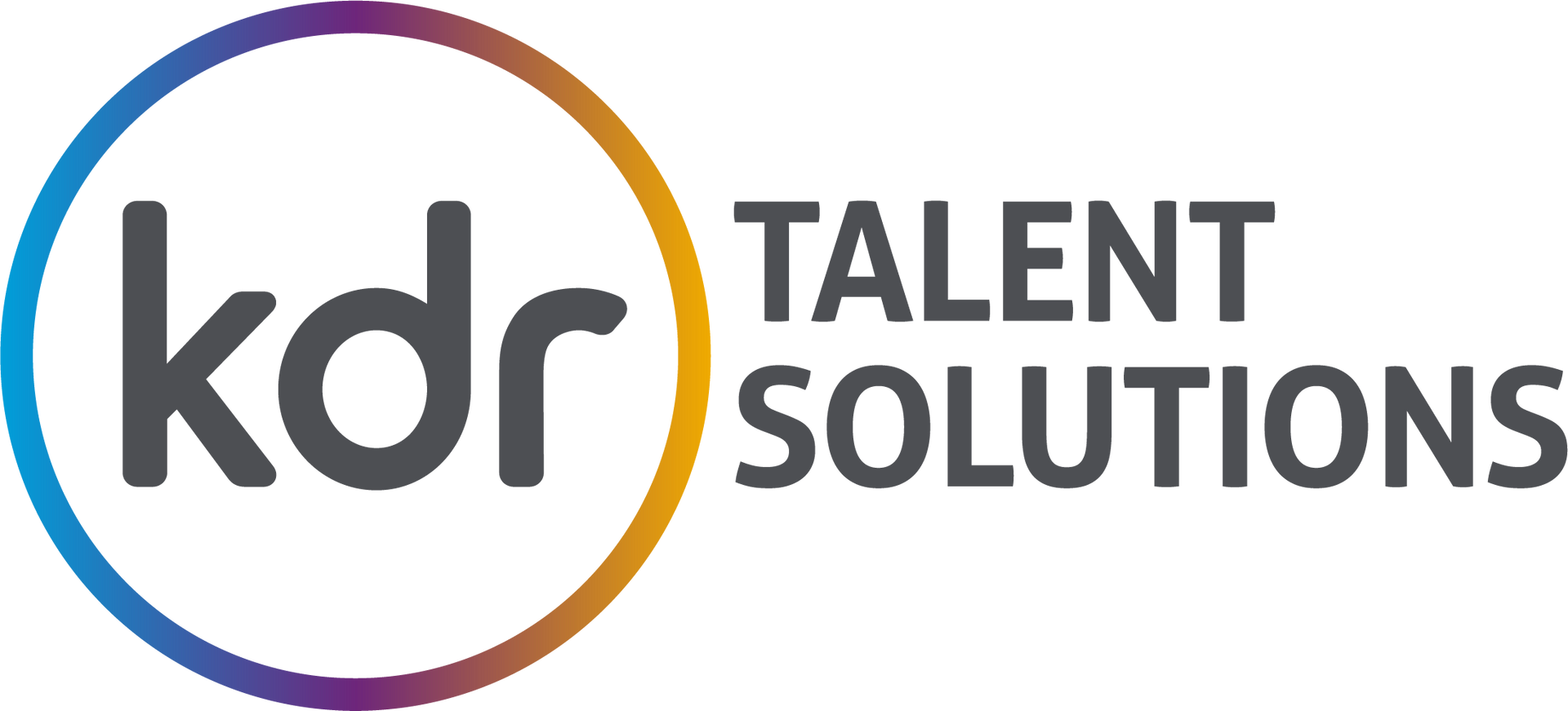Innovation or Stability? What are the choices?
Data and AI, professionals in the U.S. often find themselves at a crossroads: should they chase the cutting edge of innovation or opt for the stability of established technologies?

Data and AI, professionals in the U.S. often find themselves at a crossroads: should they chase the cutting edge of innovation or opt for the stability of established technologies? Striking the right balance between these two forces is key to long-term career success and satisfaction, especially in high-growth sectors such as technology, finance, and healthcare.
The Innovation Imperative
Data and AI are at the heart of some of the most groundbreaking advancements today. From generative AI models to real-time data processing, companies across the U.S. are racing to leverage the latest technologies. Professionals who immerse themselves in innovation can:
- Stay ahead of the curve: Learning new AI techniques and programming languages makes candidates more competitive in tech-driven markets like Silicon Valley, Austin, and Boston.
- Work on transformative projects: Cutting-edge AI applications in fintech, autonomous vehicles, and cloud computing offer exciting challenges.
- Command higher salaries: Expertise in the latest AI tools often translates into lucrative opportunities, particularly in solution engineering and AI-driven enterprise solutions.
However, the constant demand to upskill and adapt to emerging trends can be exhausting. The rapid evolution of AI technologies also means that skills may become obsolete faster than in other fields.
The Case for Stability
While innovation fuels progress, stability provides a strong foundation. Many U.S. companies rely on robust, well-established data infrastructures that require ongoing maintenance, optimization, and governance. Professionals focused on stability can:
- Ensure business continuity. Data governance, compliance, and security are critical for long-term operational success, especially in regulated industries like healthcare and financial services.
- Develop deep expertise. Mastering fundamental concepts in data engineering, cloud platforms (AWS, GCP, Azure), and database management provides long-term career value.
- Avoid burnout. A structured work environment with well-defined processes can be less stressful than constantly adapting to new technologies.
While stability provides predictability, it may also limit exposure to the latest innovations, potentially slowing career growth in highly dynamic industries.
Finding the Right Balance
So how can professionals navigate this balance? Here are some strategies:
- Identify Your Career Goals – Do you thrive on solving new challenges, or do you prefer building strong, lasting systems? Understanding your motivations can guide your career decisions.
- Blend Innovation with Practicality. Many roles, such as solutions engineering and AI product development, require both cutting-edge skills and foundational expertise.
- Choose the Right Industry. Some sectors, like fintech and healthcare, demand rapid innovation, while others, such as insurance, emphasize stability and compliance. We would argue that healthtech requires both!
- Continuous Learning with a Purpose. Rather than chasing every trend, focus on technologies that align with long-term industry needs in the U.S. market.
- Network and Seek Mentorship. Engaging with professionals in your field can provide insights into how others successfully balance innovation and stability. Conferences like AWS re:Invent, Google Cloud Next, and industry meetups in major tech hubs offer great networking opportunities.
A successful career in Data and AI doesn’t require choosing between innovation and stability, it’s about finding the right mix. By strategically positioning yourself, you can enjoy the excitement of innovation while ensuring long-term career security. Whether you're drawn to building AI-driven solutions or ensuring data reliability, balancing these two forces is the key to sustainable career growth in the evolving world of Data and AI in the U.S.











